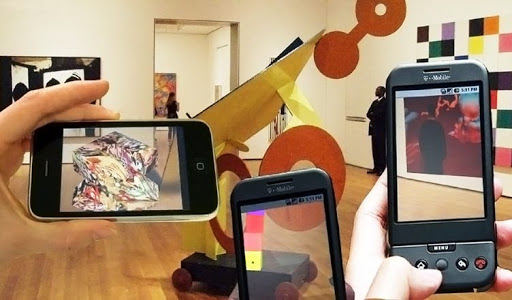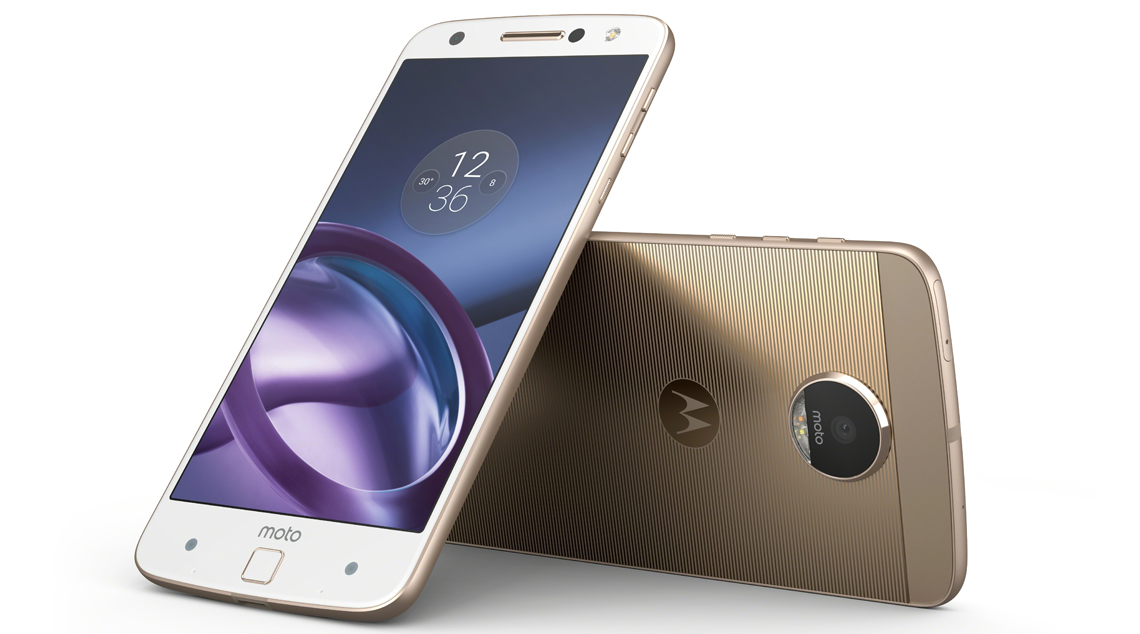The first iPhone was released a little over 10 years ago. It was a phone with a small 3.5-inch screen and a Samsung processor. Too simple solution arrayed against popular sliders back then to every taste and budget. Simple, but as it turned out, true. Steve Jobs and the team revolutionized the design and functionality of mobile phones. The touch screen, which combines many functions (from the camera to a pocket TV), and minimalism in detail – this is the gold standard of the smartphone, set on January 9, 2007.If the beginning of the 2000s is the time of experiments, searches for the perfect formula for a smartphone, now the industry has got into a normal routine and is developing in a specific direction. Are radical changes coming in the appearance of mobile devices? What can users expect in the next 10 years? A Flip Phone of the Future What Smartsphone will be like in 10 Years-
Flexible screen and a flip phone revival- Flip Phone of the Future

After the release of the first iPhone, the idea of mobile phone design turned upside down. Today, all smartphones have a standard look: a monoblock with a touch screen and a minimum of physical controls. In the near future, the new type flip phones and basic phones for teens will enter the market
OLED and AMOLED screens are proof that flexible screens are gradually being introduced into mass production. They don’t crack like LCD displays when bent.
But for now, smartphone manufacturers are limited in loop capabilities. In order to make a folding smartphone, it is necessary to have flexible cables that will not fail with repeated bending.
A bad example is the latest MacBook Pro models that Apple has admitted as defective. After some time, users were faced with the need to replace an expensive matrix due to the failure of the loop after repeatedly opening and closing the lid of the laptop.
The main trend of the smartphone of the future, which is now being guided by leading manufacturers, is a flexible screen. So, at the SDC 2018 conference, Samsung introduced a new folding smartphone with a flexible screen Infinity Flex. When unfolded, the diagonal of the screen is 7.3 inches. This is not much smaller than Apple’s iPad mini 4 with its 7.9-inch diagonal, which means that the new smartphone will compete not only with phones but also with tablets. In “expanded mode”, up to 3 different applications can be displayed on the screen. Also, a smartphone can be “closed”, like a book, then an additional screen with a diagonal of 4.6 inches is activated on the top panel.
Now Samsung is actively working on several concepts of flexible screens, including Samsung Flex: a screen that can be twisted into a tube and worn on the wrist like a bracelet. According to insiders, Apple is not far behind its Korean competitor and is also working on the concept of a new “folding” iPhone. Art concepts offered by various analysts on the Internet look extremely futuristic. And expensive.
Screens are becoming flexible, and what Samsung Infinity Flex has done is the future that we will see in the next 10-15 years. The model was released into mass production in 2018. Of course, the device is still a niche due to the high price. But over time, the price will fall, and the smartphone will become available to a wider audience.
There is another opinion that the time of experiments has passed, now the smartphone is in its “classical” stage and radical innovations simply will not catch on.
Flexible screens, like modular designs, are all exotic, and they will remain so. All the latest non-standard models, for example, the modular model from Motorola, – Moto Z – have failed on sales. Because people do not understand such decisions. Same thing with flexible screens. Yes, Samsung introduced a smartphone with a flexible screen, its cost will be around 2 thousand dollars, this is clearly not a mass market. In addition, we saw flexible screens at exhibitions a few years ago. And this idea is not particularly advanced. Experiments are great, but sometimes they would better stay in laboratories where they belong.
Batteries with new features

This trend is closely related to the previous one. In order to make a folding smartphone with a full screen, it is necessary that the battery is flexible. Such batteries will go into mass production in the next 5-7 years.
Scientists are actively working to increase the capacity of lithium batteries so that the same size can accommodate more ampere-hours. Until the problem is resolved, they will use batteries consisting of several units that are charged in parallel. This will reduce charging time.
Wireless charging technology is also changing: induction stations will become more powerful and will be able to charge several devices at a distance.
The plugs and buttons of sight!
In 2016, in the last at that time iPhone 7, the usual audio jack was gone. Its functions went to the proprietary Lightning plug, which is also a plug for charging the device. Many users did not approve of such changes, as they once did not approve of switching the power button from the top panel to the side in iPhone 6 and then the disappearance of the Home button from the iPhone X. Even such minor changes are hard for consumers to take, but they will have to get used to it. The number of plugs and buttons will invariably be reduced because they only increase the cost of production, and there is no real need for them anymore. And why, if you adjust the volume and activate the smartphone today, you can simply touch the screen. ”Moreover, thanks to wireless charging technology, there will also be no need for a cable plug.
If we talk about some radical changes in appearance, then here, most likely, nothing unexpected awaits us. Mobile devices have now come to their, one might say, classic look. Most likely, the design set by Apple will remain a classic. And changes in some little things will occur gradually, over several years, in general, manufacturers have something to work on.

What’s inside?- Flip Phone of the Future
Already today, smartphone application developers are actively using virtual (VR) and augmented (AR) technology. Thanks to technological innovations, including an increase in the number of cameras and sensors, the possibilities of VR and AR will expand, specialized content will become more popular and there will be more applications along with that. Also, more and more people will begin to actively use the voice assistant, and it, in its turn, will be able to perform many more tasks.





